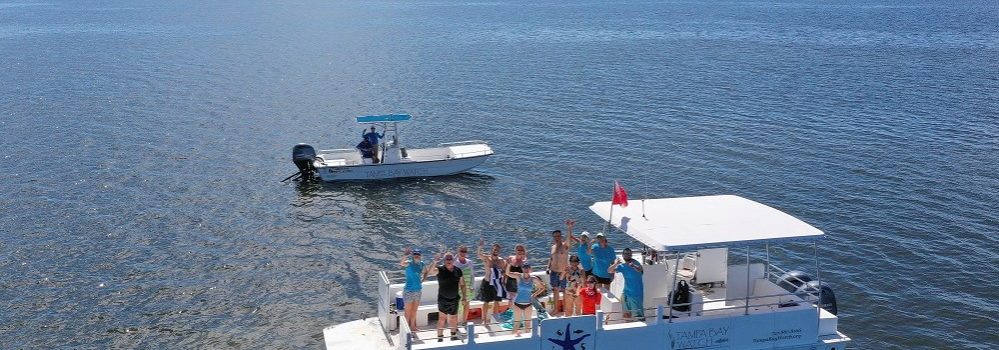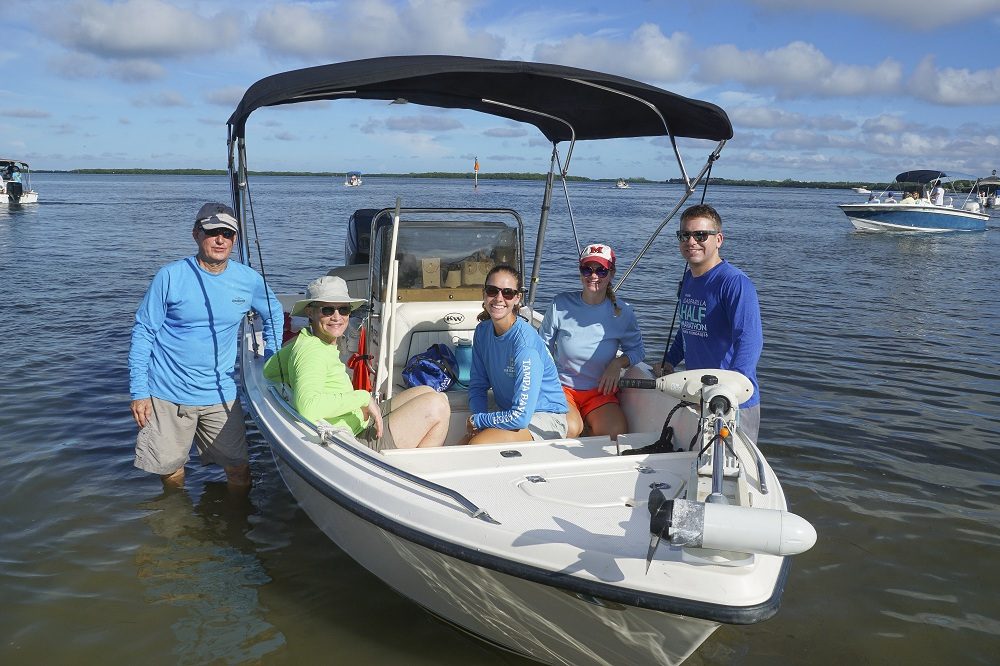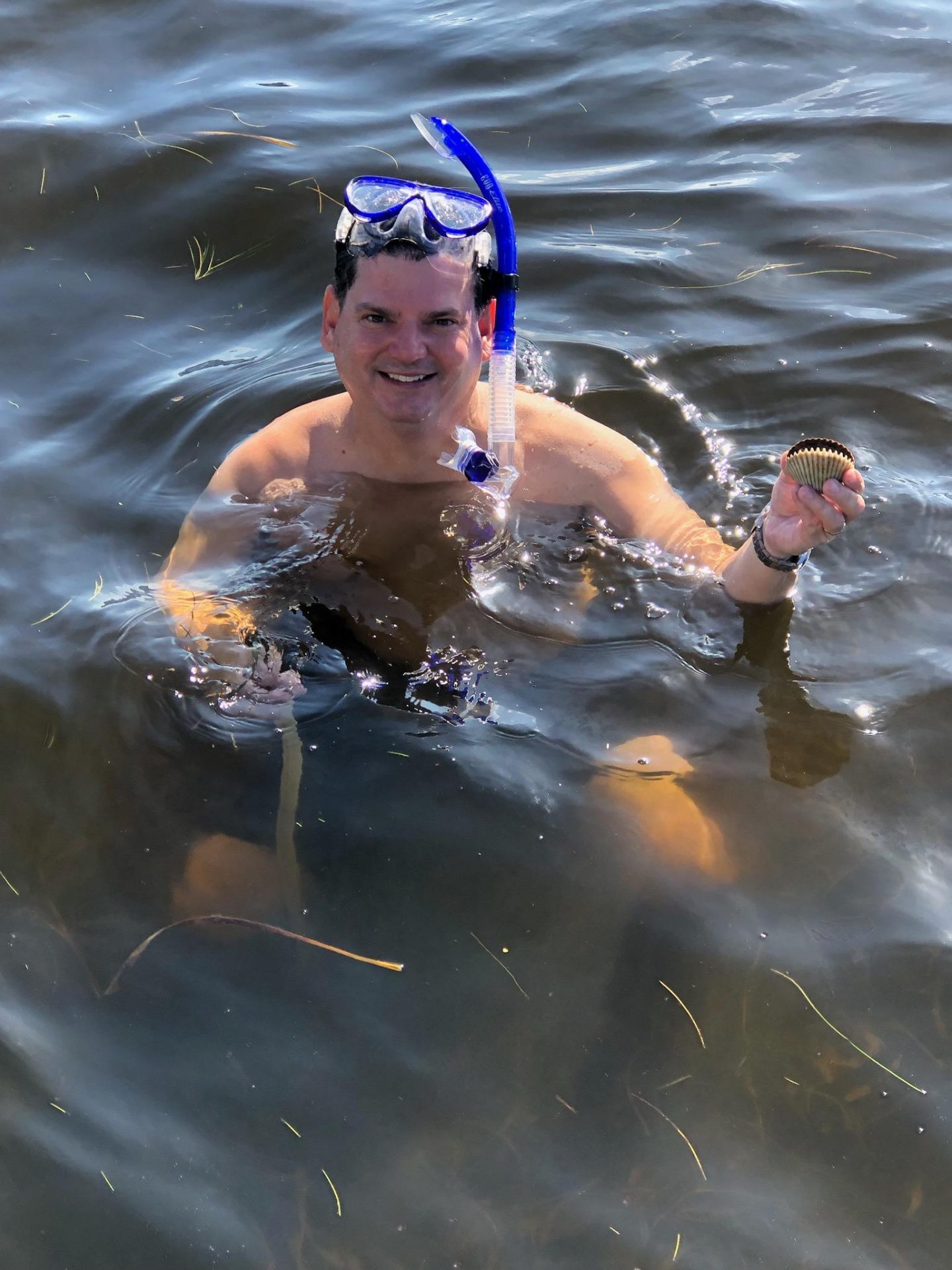
Searching for scallops in Tampa Bay
 Scallops disappeared from the cushiony seagrass beds of the Tampa Bay in the 1960’s. Poor water quality resulting from dredging operations and municipal waste was the cause of their collapse. But today, due to the restoration efforts of many partners, including RAE member group Tampa Bay Watch (TBW), these bay scallops are slowly making a comeback. As a keystone species, scallops can be used to measure an ecosystem’s health and signal changes in water quality.
Scallops disappeared from the cushiony seagrass beds of the Tampa Bay in the 1960’s. Poor water quality resulting from dredging operations and municipal waste was the cause of their collapse. But today, due to the restoration efforts of many partners, including RAE member group Tampa Bay Watch (TBW), these bay scallops are slowly making a comeback. As a keystone species, scallops can be used to measure an ecosystem’s health and signal changes in water quality.
Tampa Bay’s water quality and seagrass beds have since improved to levels that will once again support the bay scallop population. In fact, the most recent research by scientists with the Southwest Florida Water Management District’s Surface Water Improvement and Management state that Tampa Bay now supports 40,652 acres of seagrass. This continues the success of the previous mapping efforts reported in 2015, supporting the largest amount of seagrass measured since the 1950s.
Since 1993, TBW has led the Great Bay Scallop Search, a resource monitoring event held each summer. With support from the SeaWorld & Busch Gardens Conversation Fund and the Tampa Bay Estuary Program, TBW recruits volunteers to snorkel in search of scallops. Approximately 40 boats and 200 volunteers participate each year.
Variations in the scallop population can indicate changes to water quality in the Bay. In 2019, 51 scallops were discovered within the search perimeters, indicating that water quality was recovering after the previous year’s Red Tide events.
“We can witness the health of the bay by tracking the number of scallops found each year”, says Peter Clark, President of Tampa Bay Watch. “Every year we hope the number of scallops found increases, which means that water quality and habitat are also improving in our estuary.”
Check out our 2019 Accomplishments Report to learn more about the Impact of the RAE Alliance.
Photos courtesy of Tampa Bay Watch.
